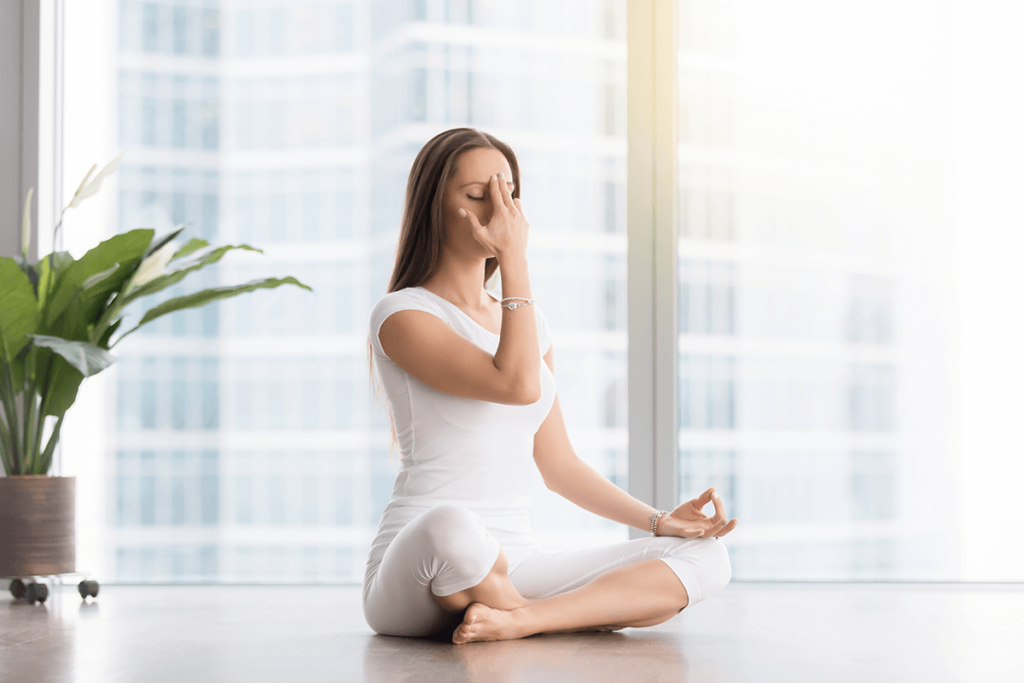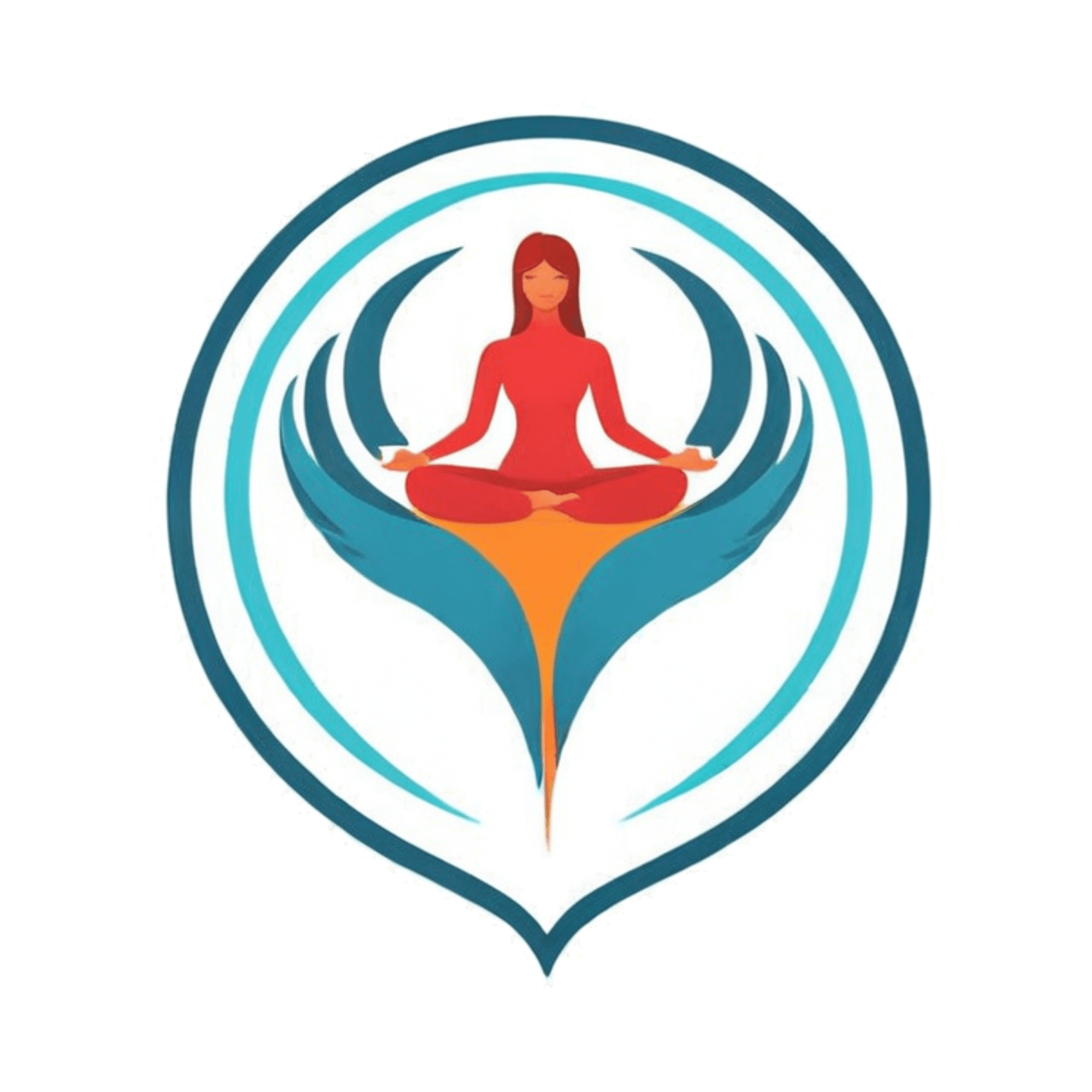Learning how do you handle stress effectively can improve both mental and physical health. Stress is a part of daily life, whether from work demands, personal obligations, or unexpected situations.
Here, we’ll explore 8 effective strategies and techniques to manage stress and pressure, helping you stay calm and productive even in challenging situations.
Why It’s Important How Do You Handle Stress
Handling stress effectively helps prevent burnout, improves productivity, and boosts overall well-being. When left unmanaged, stress can lead to health issues, including anxiety, high blood pressure, and insomnia. Let’s delve into ways to better handle both stress and pressure.
1. Identify Your Stressors
- Understand Your Triggers: Pinpointing specific situations or people that contribute to your stress can help you manage your response. Whether it’s work deadlines or social pressure, identifying your stressors is the first step to handling stress effectively.
- Keep a Stress Journal: Documenting stressful moments helps identify patterns, enabling you to anticipate and mitigate stress in similar future situations.
2. Practice Deep Breathing Techniques
- Why It Works: Deep breathing helps activate the body’s relaxation response, countering the “fight or flight” reaction triggered by stress.
- How to Do It: Try the 4-7-8 breathing method: inhale for 4 seconds, hold for 7 seconds, and exhale for 8 seconds. Practicing this regularly can reduce both stress and anxiety.

3. Set Realistic Goals and Prioritize Tasks
- Break Down Tasks: Large tasks can feel overwhelming. Breaking them into smaller, manageable steps can reduce the pressure.
- Prioritize: Focus on high-priority tasks first. Creating a to-do list with the most urgent tasks at the top allows you to approach the day with clarity, minimizing stress.
4. Physical Activity as a Stress Reliever
- Exercise Regularly: Physical activity is one of the most effective ways to relieve stress. Exercise releases endorphins, improving mood and energy levels.
- Short Walks and Stretching: Even brief activities like a 10-minute walk or a few minutes of stretching can significantly reduce stress.
5. Engage in Relaxation Techniques
- Try Meditation or Mindfulness: Mindfulness meditation helps increase self-awareness and promotes a calm mind. Apps like Headspace or Calm offer guided meditations for beginners.
- Progressive Muscle Relaxation: This involves tensing and then relaxing each muscle group. It can reduce physical symptoms of stress, like muscle tension.
6. Build a Support Network
- Talk to Friends and Family: Sharing your thoughts with supportive people can provide a fresh perspective and emotional support.
- Consider Professional Help: Therapists can offer coping strategies tailored to your unique stressors, especially when handling stress and pressure feels overwhelming.

7. Adopt a Healthy Lifestyle
- Sleep Well: Quality sleep is essential for handling stress effectively. Aim for 7-9 hours per night to restore energy and mental clarity.
- Balanced Diet: Eating well supports mental health. Avoiding excessive caffeine and sugar can prevent spikes and crashes that may exacerbate stress.
8. Set Boundaries to Manage Stress and Pressure
- Learn to Say No: Taking on too much can lead to stress and burnout. Setting boundaries helps protect your time and energy.
- Designate “Me Time”: Prioritize time for yourself to engage in activities you enjoy, even if it’s just a few minutes each day.
Take Control of Your Stress
Handling stress is essential for a balanced, fulfilling life. By implementing these techniques, you can develop a toolkit for managing stress and pressure, improving your resilience in the face of challenges. Remember that managing stress is an ongoing process, so be patient with yourself as you incorporate these practices into your routine.
Read more:

